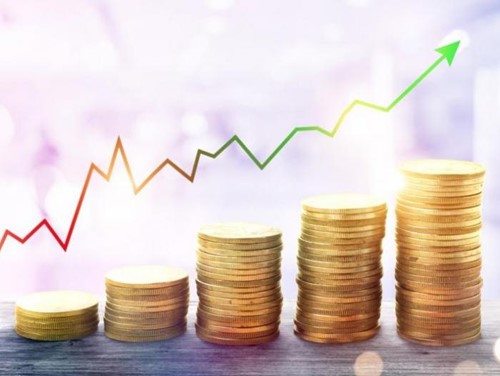
Latin America and the Caribbean have somewhat recovered of the devastating blows inflicted by COVID-19 pandemic. Contrary to the projections for 2021, both the International Monetary Fund (IMF) and the Economic Commission for Latin America and the Caribbean (ECLAC) were excited to show the progress made by LAC economies.
Surely, there are conflicting positions and not all the countries have similar accomplishments. That is because of the internal decisions of individual governments as to their management of the domestic economy during the pandemic, some of them even coming to a standstill.
Generally, the IMF found that Mexico spent 0.7% of the GDP in further steps to contain the aftereffects of the pandemic and refused to make tax exemptions. In the meantime, Chile used 14% of the GDP for such purposes, followed by Brazil (9.2%), Peru (7.8%), Colombia (4.7%) and Argentina (4.5%).
Mexico, Argentina and Colombia have been the most battered countries, whereas Chile, Brazil and Peru managed to get back on track, almost nearing their pre-pandemic economic levels.
Based on the IMF report, right now, the GDP of Brazil, Chile, Mexico and Argentina, represents on aggregate 66% of the GDP of the region. It is a rather high and significant number that has remained “thanks to those which invested in tax incentives to aid their unemployed population.” Those governments that failed to do it, as appears from the numbers, not only are lagging, but also lost momentum. Multiple analysts and organizations specialized in this area have agreed on this point.
As a group, according to the most recent report of ECLAC for Latin America and the Caribbean, the region succeeded in pushing its estimated average growth up to 5.2%, “a number that denotes a rebound from the profound shrinkage of 6.8% recorded in 2020, in the aftermath of COVID-19 pandemic,” the paper cited.
The annual report authored by ECLAC explains that the economic growth in the Latin American and Caribbean region is mainly due to the low basis for comparison -after the 6.8% contraction recorded in 2020- in addition to the revitalizing effects from the external demand and rising prices of the exported commodities and the increasing aggregated demand.
Similarly, in its most recent World Economic Outlook, the FMI added 1.2 percentage points to its growth forecast for the LAC region, up to 5.8%.
As regards 2022, the IMF suggests that should the region maintain a steady rate of opening, a 3.2% growth could be expected. This number is higher than that envisaged by ECLAC, which considers that Latin America and the Caribbean could grow about 2.9% on average. This would imply a slowdown relative to the surge of 2021.
All these numbers could improve or worsen, according to the pandemic performance and, specially, the immunization plan of individual countries. In this regard, the entire world shows far more better statistics.
Alicia Bárcena, the Executive Secretary of ECLAC, advised that, in order to meet these growth plans, in addition to speeding up immunization schedules, the LAC region needs “policies for a
transforming recovery with an emphasis on investment and industrial and technology policies to boost the growth of technology-intensive sectors and generators of high-quality jobs.
Revamping health and education systems, sustaining transfers, universalizing a basic emergency income, implementing bonuses against hunger, securing the access to a family shopping basket, and strengthening the support to MSMEs are some other actions in addition to cross-cutting and sectorial policies to move forward to a ground-breaking model of economic growth and development.
